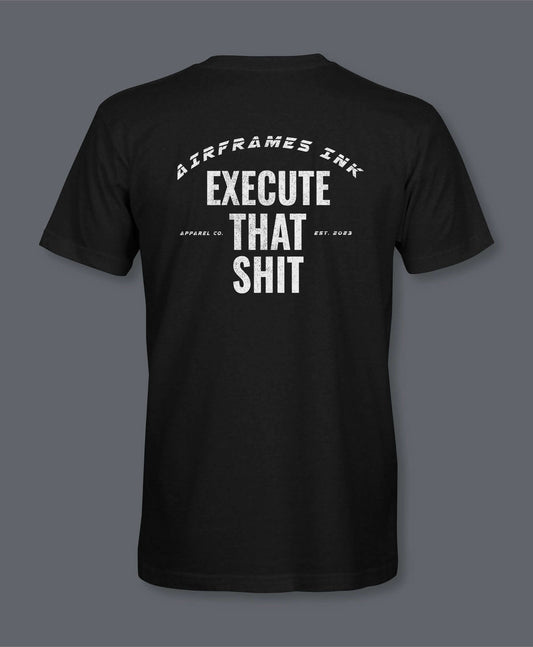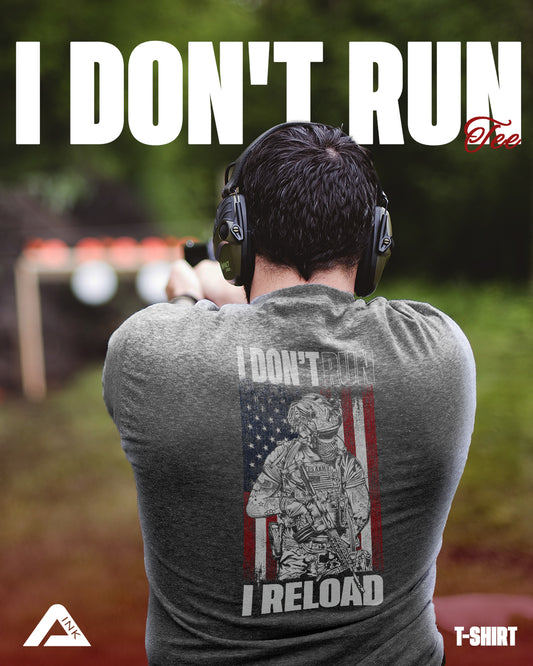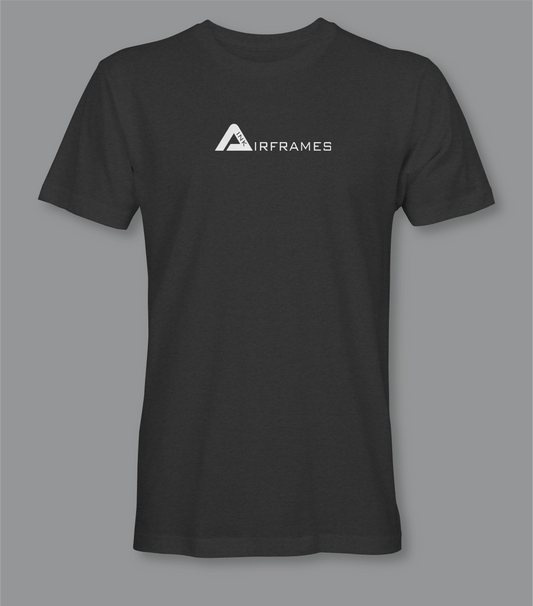
Veterans Transitioning to Civilian Careers
Trent WeilandShare
Introduction
Transitioning from a military career to a civilian one is an intricate journey filled with both opportunities and challenges. Veterans, equipped with unique skills and experiences, often find themselves navigating a world that speaks a different language—both literally and metaphorically. This article explores the nuances of this transition, shedding light on aspects often overlooked or under-discussed.
Part One: Understanding the Cultural Transition
1. The Language Barrier: Military Jargon vs. Civilian Speak
One of the seldom-discussed hurdles veterans face is the language barrier. Terms like "5.11," "grunt style," or "tactical gear" are part of everyday vernacular in the military but can be completely alien in a civilian job market. For veterans, translating their skills and experiences into terms that resonate with civilian employers is crucial. For instance, a veteran might explain "rules of engagement" in a military context, but in the civilian world, this translates to project management guidelines or operational frameworks.
2. The Perception of Rigidity: Flexibility in Roles
Another overlooked aspect is the misconception of military personnel being too rigid. The military is often seen as a highly structured environment with little room for creativity, leading to a stereotype that veterans might struggle with roles requiring adaptability and innovation. However, situations like adapting tactical approaches in dynamic combat scenarios (using tools like the aimpoint pro or adapting strategies based on "rules of engagement") exemplify a veteran's ability to pivot and innovate under pressure.
3. Integration and Social Support Networks
Veterans often miss the close-knit camaraderie and support systems inherent in military life—a crucial element rarely addressed in standard career advice. Civilian workplaces may appear isolating by comparison, with informal networks like "salt and pepper" buddy systems less common. Encouraging veterans to build new networks and find mentors can ease this transition.
Part Two: Leveraging Unique Veteran Skills in Civilian Careers
1. Strategic Application of Tactical Skills
Veterans bring a strategic mindset to civilian roles, a trait often underutilized. Skills used in handling complex logistics for an airboat operation can translate into managing a supply chain for a retail operation. Similarly, experience in tactical environments, involving gear like AR500 armor or the Glock 45, can translate into risk assessment and crisis management roles in corporate settings.
2. Leadership Under Fire
Leadership in high-pressure military situations (e.g., coordinating a team wearing skull caps and tactical backpacks in a live engagement) directly correlates to leading under pressure in any civilian sector. This aspect of military training prepares veterans for senior roles that require calm decision-making amidst corporate "firefights."
3. Ethical Rigor and the Veteran Advantage
Veterans are often trained to operate within strict ethical confines, with a deep understanding of the "rules of engagement." This prepares them for industries where ethical considerations are paramount, such as finance or healthcare, providing them with an edge in roles that demand high integrity.
Conclusion
For veterans, transitioning to a civilian career is more than a change of environment—it's a redefinition of identity. As we consider their journey, it’s crucial to look beyond the resume and understand the depth of change involved. At Airframes Ink Apparel Co., we recognize the profound contributions veterans can make in the civilian workforce. Our commitment remains strong to supporting them through apparel that honors their service and a mission that understands their journey. Through awareness and tailored support, we can transform the narrative from one of challenge to one of opportunity, fully leveraging the vast potential veterans bring to our communities and workplaces.







